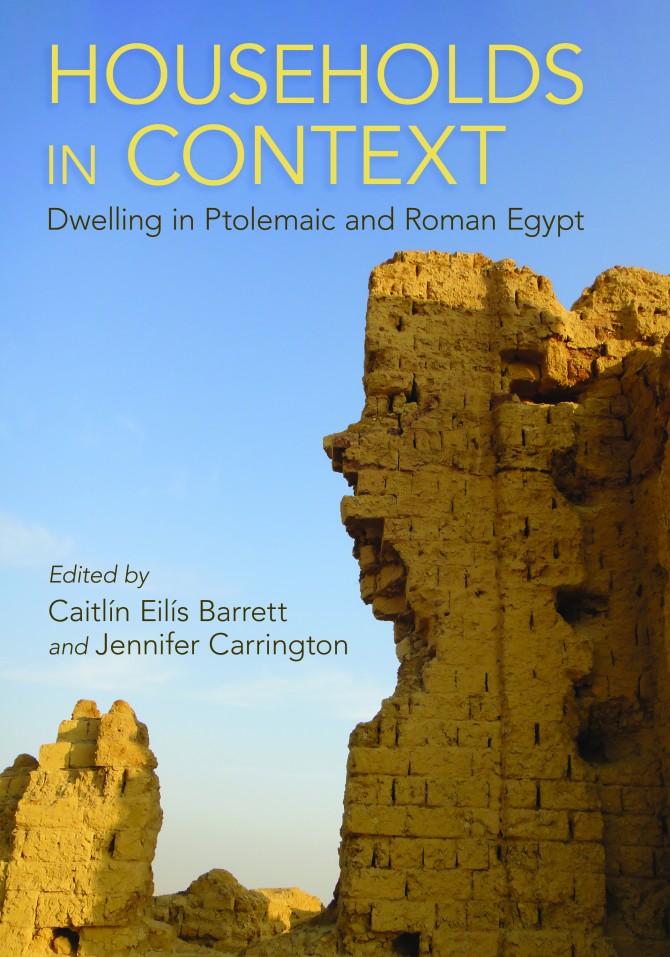A papyrus village survey from the second century B.C.E., included in the new book "Households in Context: Dwelling in Ptolemaic and Roman Egypt," gives a snapshot of an ancient Egyptian household: A woman named Tharetis who managed a shrine to the goddess Isis lived with her 70-year-old husband and their adult son, a priest.
"We know nothing else about this family, but the description is still particular enough that when I read it, I feel a sudden jolt - the sense of encountering real, once-living people in their irreducible individuality," said Caitie Barrett, associate professor of classics in the College of Arts and Sciences. "The remains of ancient daily life have an extraordinary power to impact our imagination and engage our empathy for people in the past."
Many pieces of archaeological evidence - textual, material, and visual - are examined in "Households in Context," which Barrett co-edited with Jennifer Carrington, Ph.D. '19. The collection, the product of a 2018 conference at Cornell, shifts the archaeological perspective from public and elite spaces such as temples, tombs and palaces to everyday dwellings and interactions of families. "By examining different kinds of evidence, we hope to be able to construct a more holistic picture of what life was like in this society," said Barrett, an archaeologist who investigates everyday life.







